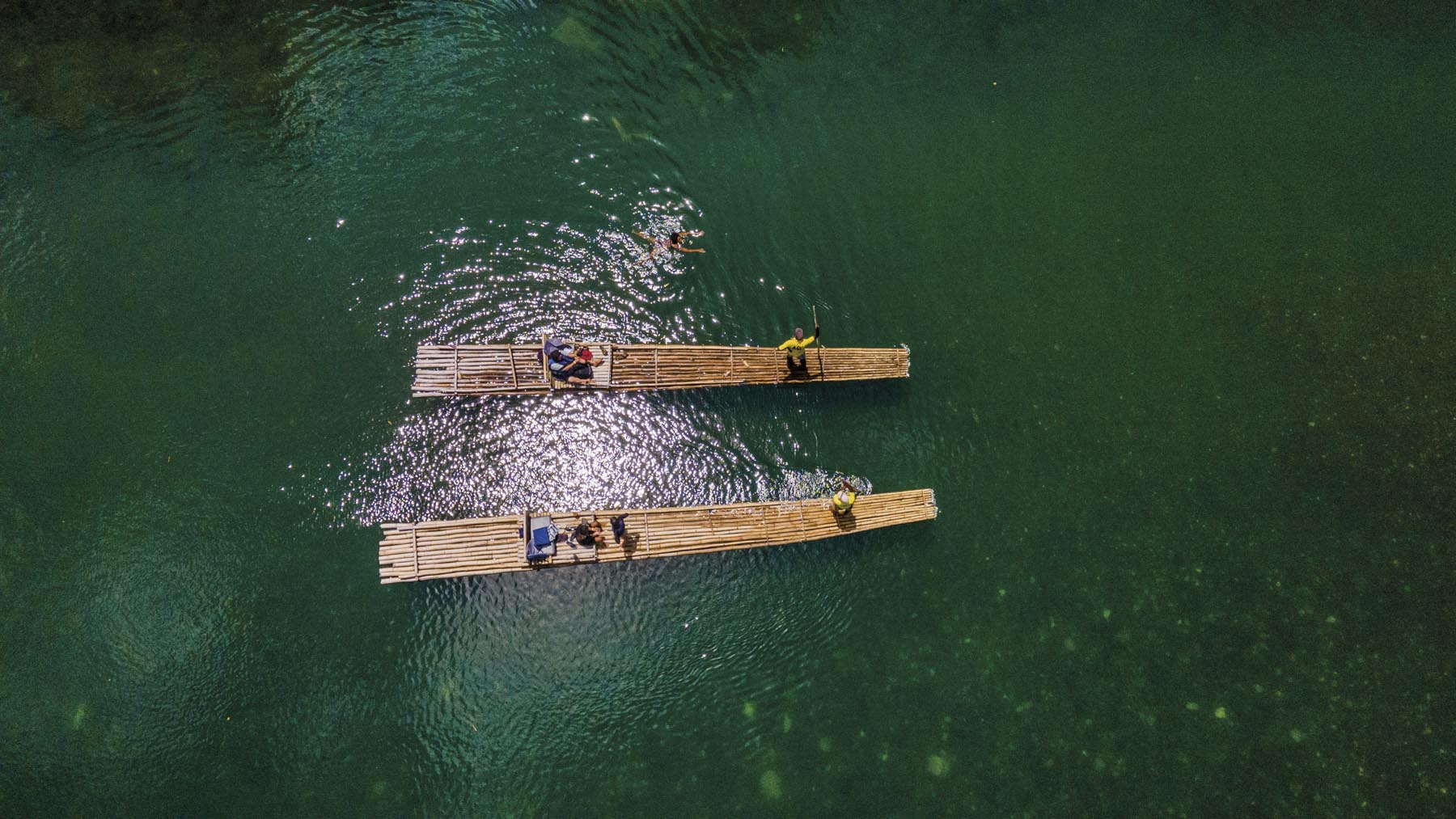From each morning’s glorious sunrise until the sea swallows the sun at night, Jamaica presents a magnificent palette of experiences, a kaleidoscope of colors and sounds that make our island the most precious jewel in the Caribbean. We are a land of unique culture, engaging activities, breathtaking landscapes, and a warm, welcoming people. The beat of reggae. The searing smell of jerk over the fire. The swizzle of rum in your glass. No place on earth provides the range of attractions and the cultural diversity that can be found here. No place on earth feels like it. No place on earth shines like it. Jamaica, the home of rhythm and sway.

Photo by David I Muir
Understanding its history means understanding why Jamaicans are as resilient and laid-back as they’re known to be. They are a diverse nation because of their past and continue to be a multicultural melting pot offering experiences dipped in unique blends of traditions preserved from centuries ago.

Photo by David I Muir
The true beauty of Jamaica is the mix of people who call this island their home. It is the basis of Jamaica’s national motto, ‘Out of Many, One People’. When you visit Jamaica you’ll meet upon friendly smiling faces and a people endowed with an innate spirit of hospitality. We’re loud and joyful; just hear us at a sporting game! We’re effervescent and exuberant, with an energy that is felt worldwide through our music and culture.
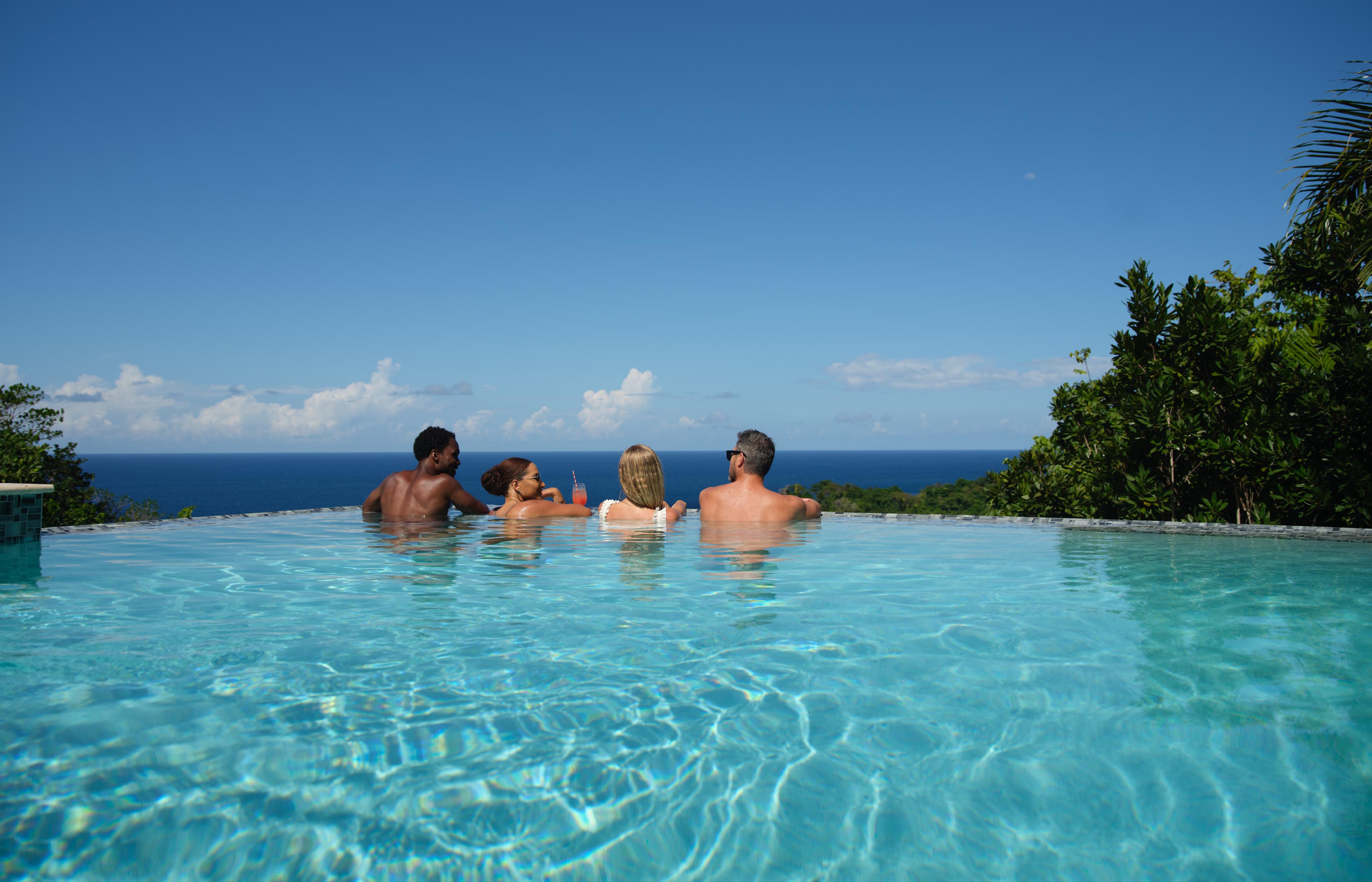
Jamaicans continue to make their mark on the world stage with distinction: American civil rights activist Marcus Garvey, legendary entertainer Harry Belafonte, basketball player Patrick Ewing, baseball player Charles (Chili) Davis, the fastest man in the world and Olympic medalist Usain Bolt, reggae superstar Bob Marley, middleweight boxing champion Michael McCallum (Hall of Fame inductee), heavyweight boxing champion Lennox Lewis and Scripps Howard Spelling Bee champion Jodi-Ann Maxwell, among others. We’re great storytellers and song writers, beauty queens and bobsledders, sprinters and social activists. We are little but ‘tallawah’, a nation of significant influence despite its small size.
FEEL THE MUSIC
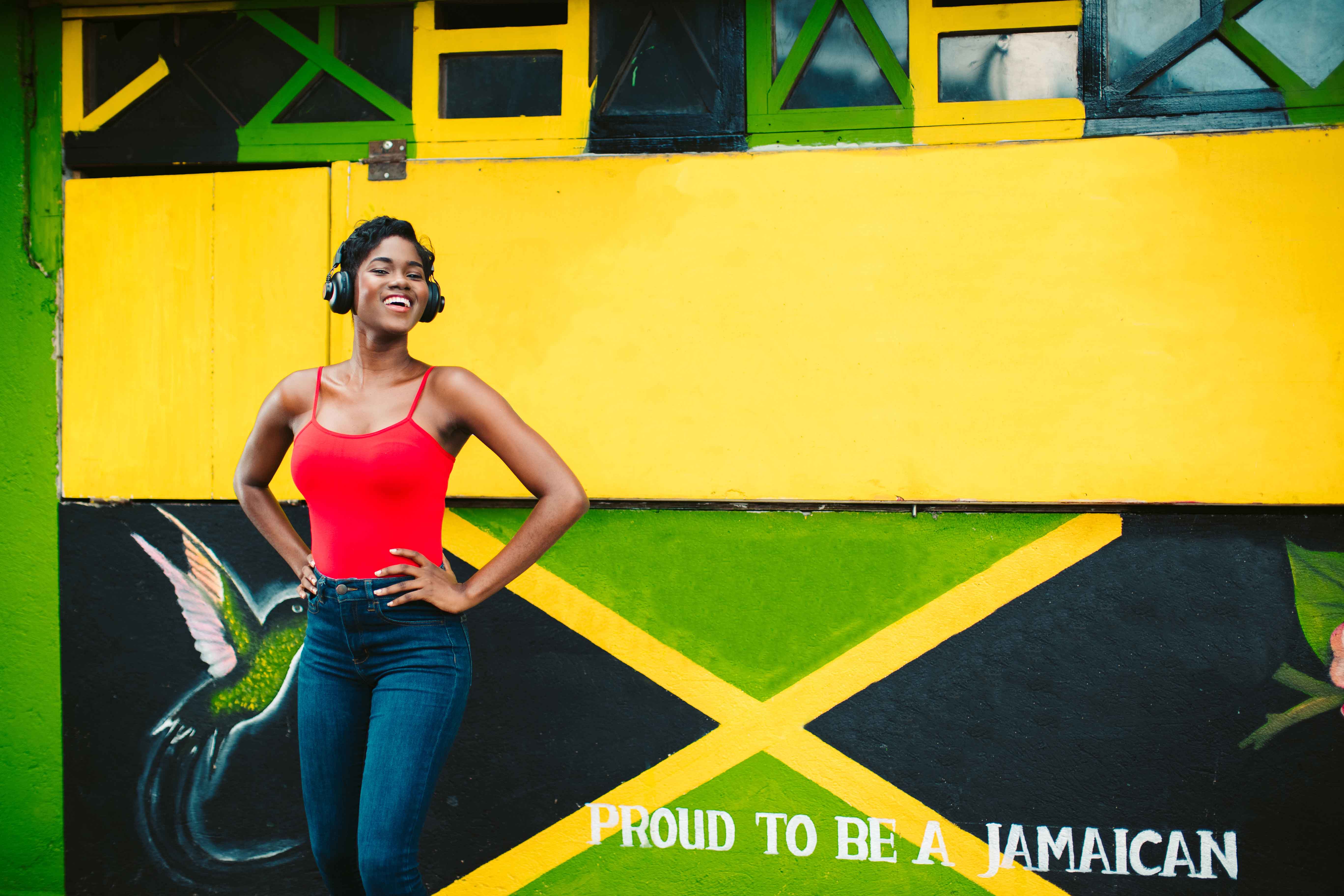
As the home of reggae, dancehall, and other genres of Jamaican music, there are endless live concerts, shows, and festivals that fill the Jamaican event calendar each year. You’ll be mesmerized as you immerse yourself in the thumping of the deep bass drums on a sweet reggae beat. It’s an unforgettable moment every music lover should have at least once in their lifetime.
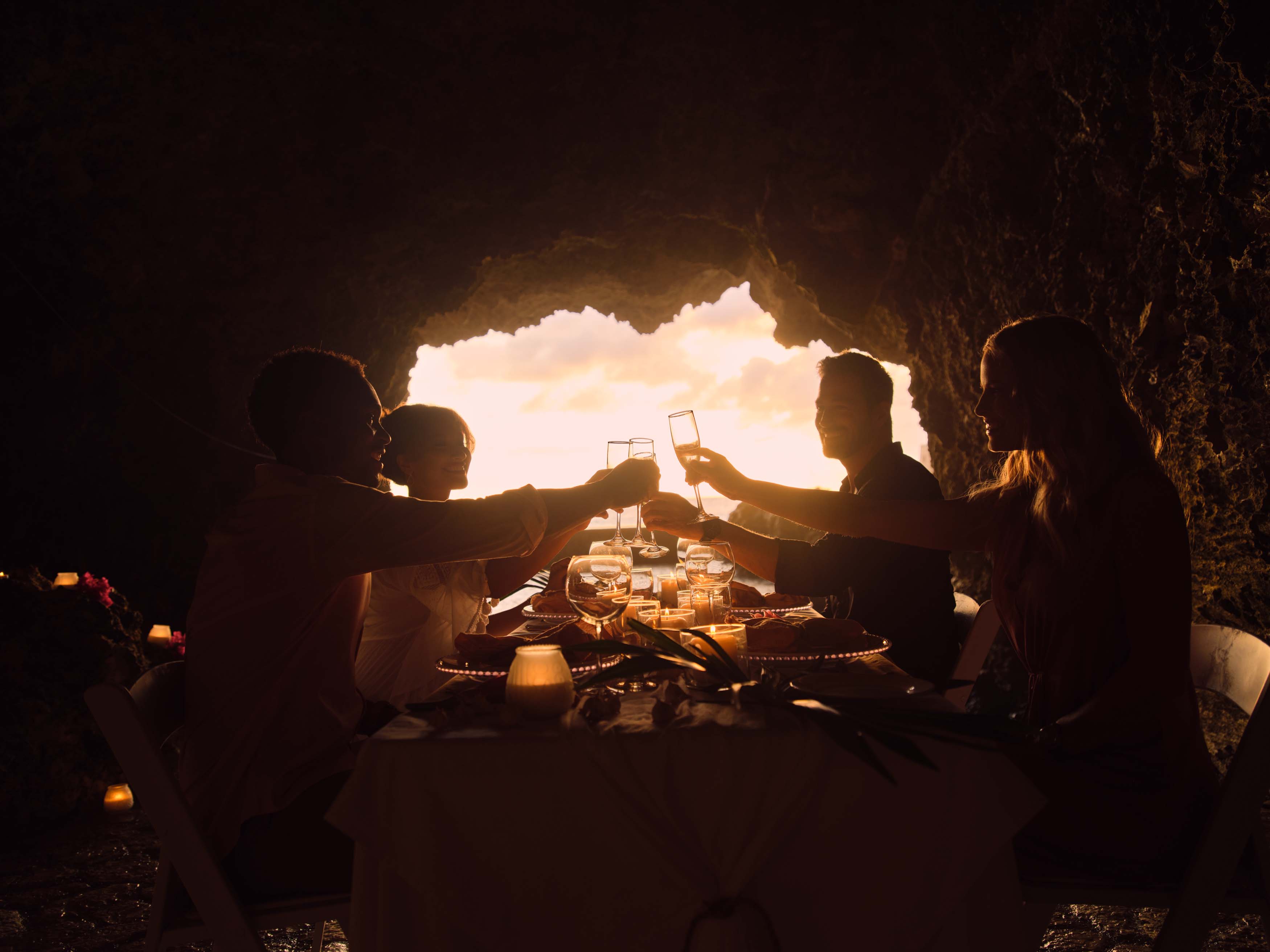
While the festivals have temporarily moved to virtual experiences for everyone’s health, it is still so worth it to feel the vibe of these performances while being in the land of the music’s origin. The excitement on the ground is palpable whenever there’s a major festival in the air.
THE DELICIOUS JAMAICAN CUISINE
Rich and spicy as the pepperpot soup that originated with the Taino Indians, Jamaican cooking draws its genius from a brilliant interpretation of East Indian, Chinese, African, Spanish and British influences—all working harmoniously in a style that is uniquely Jamaican.
Among the specialties of the island are bammies, cakes made from cassava root, ackee, a bright yellow fruit, brought from Africa by the British to feed slaves working on sugar plantations, now served with saltfish as Jamaica’s National Dish; when cooked, it looks a little like scrambled egg. Or duckunoo, a steamed pudding made from cornmeal and coconut, wrapped in banana leaves.
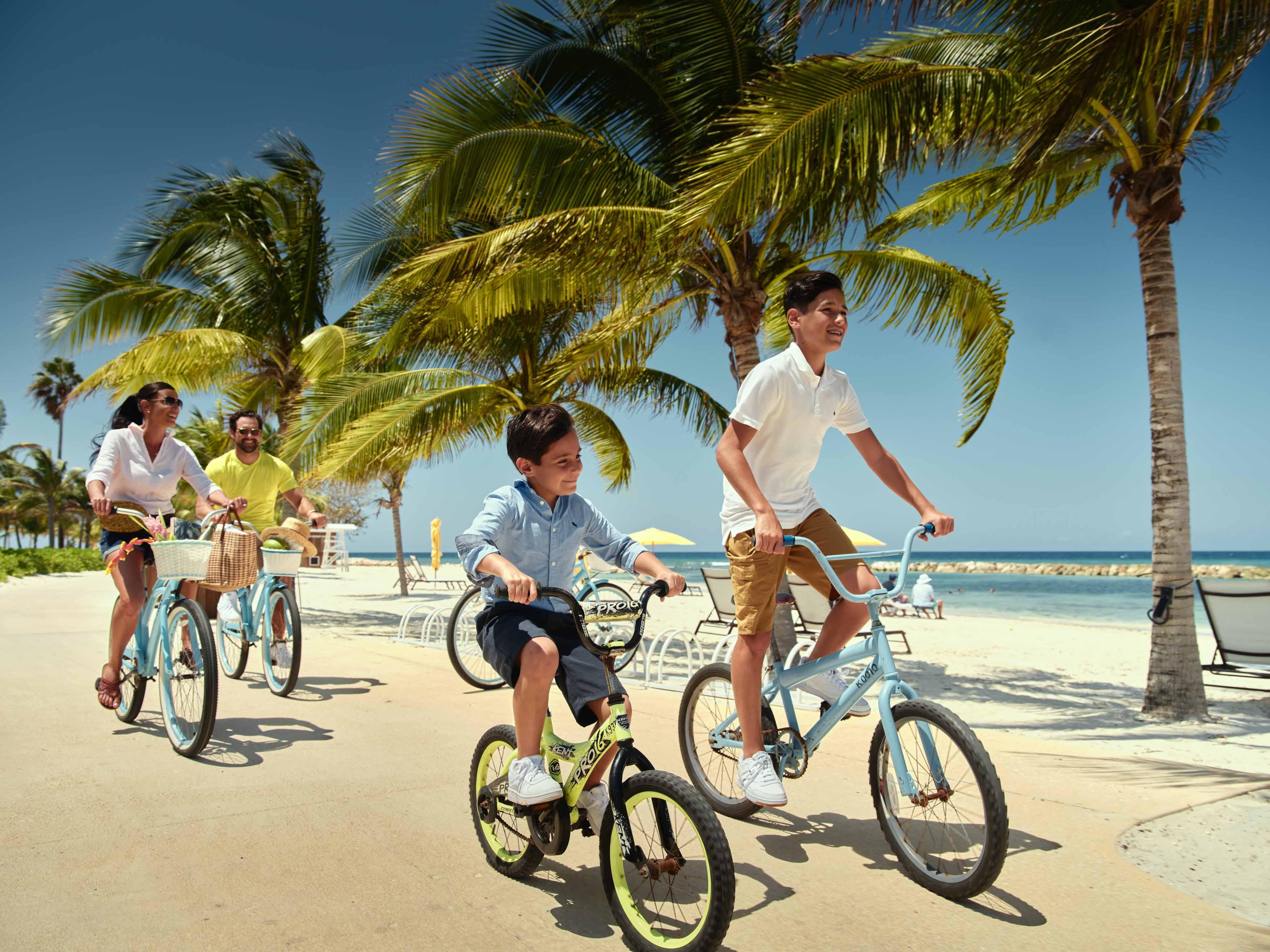
THE GENIUS OF JAMAICA’S NATURAL BEAUTY
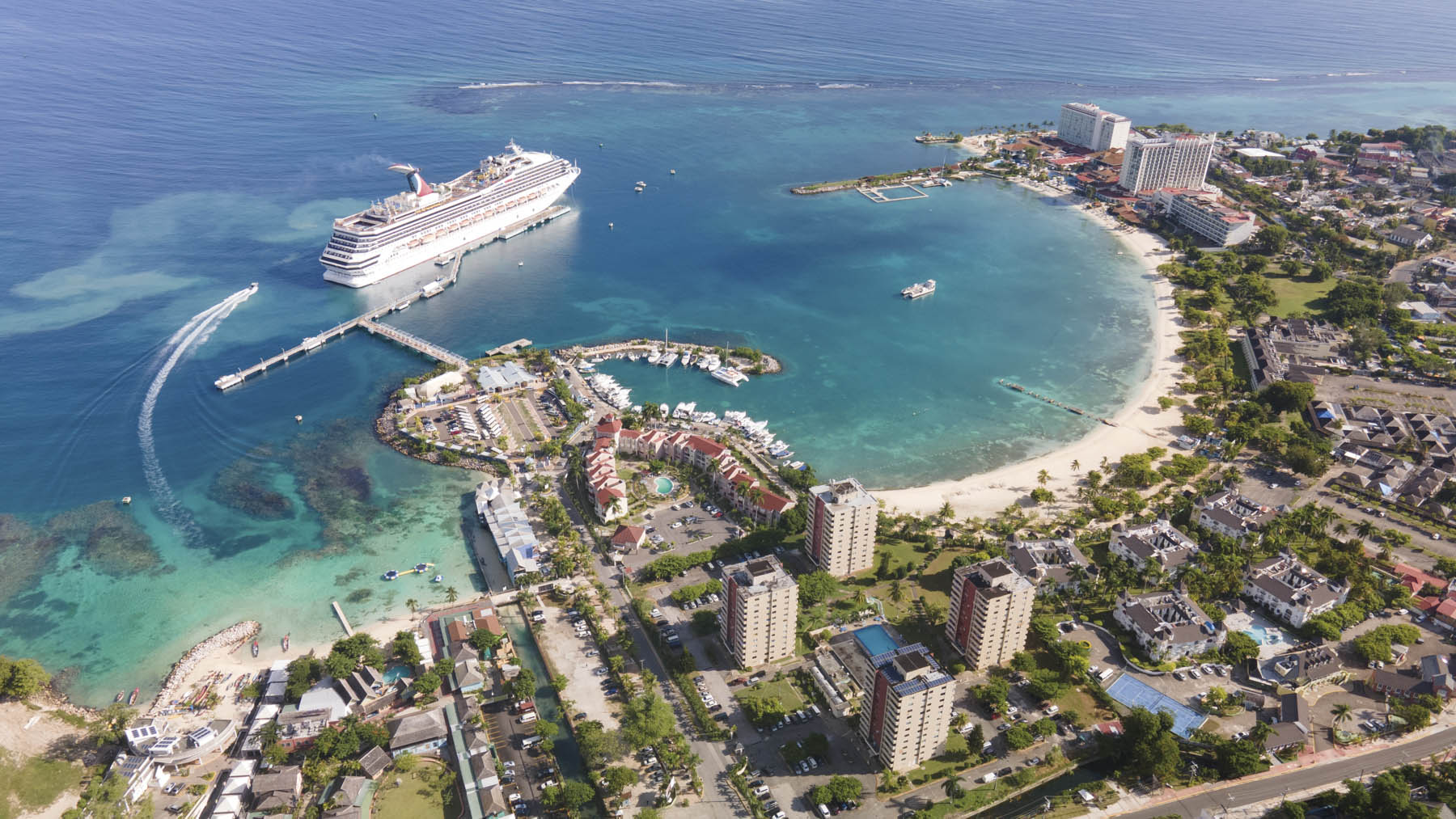
Photo by David I Muir
Spectacular land and seascapes set the scene for any visit to Jamaica, where the capital city of Kingston is built around the seventh-largest natural harbor in the world. A little exploration will unveil spots of extraordinary beauty that serve as a magnet for nature lovers, hikers, divers and addicted vacationers, who return repeatedly to this magnificent Caribbean island.
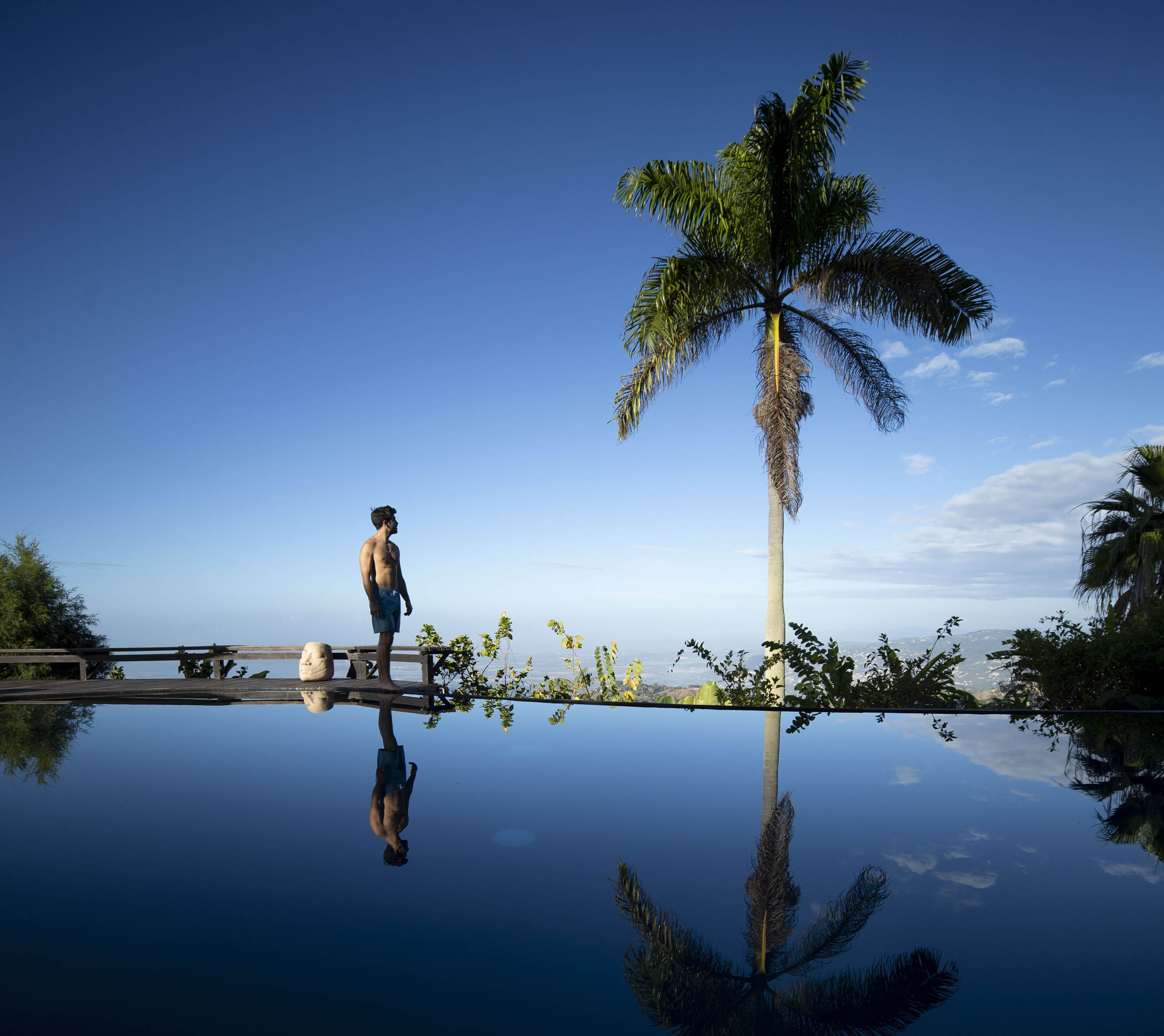
Over 120 rivers flow through the land from Jamaica’s central mountain region to the coasts. The rivers on the north side tend to be shorter and swifter than those on the south side. The fast-flowing rivers are used for transport and the production of electricity, and provide irrigation for agricultural purposes. Several mineral springs in Jamaica are recognized for their therapeutic value. Some have been developed with facilities for bathing and/or accommodations, including Milk River Bath, Bath Fountain, the Spa at Grand Lido Sans Souci and the Rockfort Mineral Bath. On the south coast is Milk River Spa, a naturally radioactive mineral bath with waters at a temperature of 33oC (91oF). Analysis of the mineral waters that flow from the nearby hills apparently shows that they are as rich as the waters of any of the leading European spas, and are reputed to cure numerous ailments like rheumatism, gout, neuralgia and liver disorders.
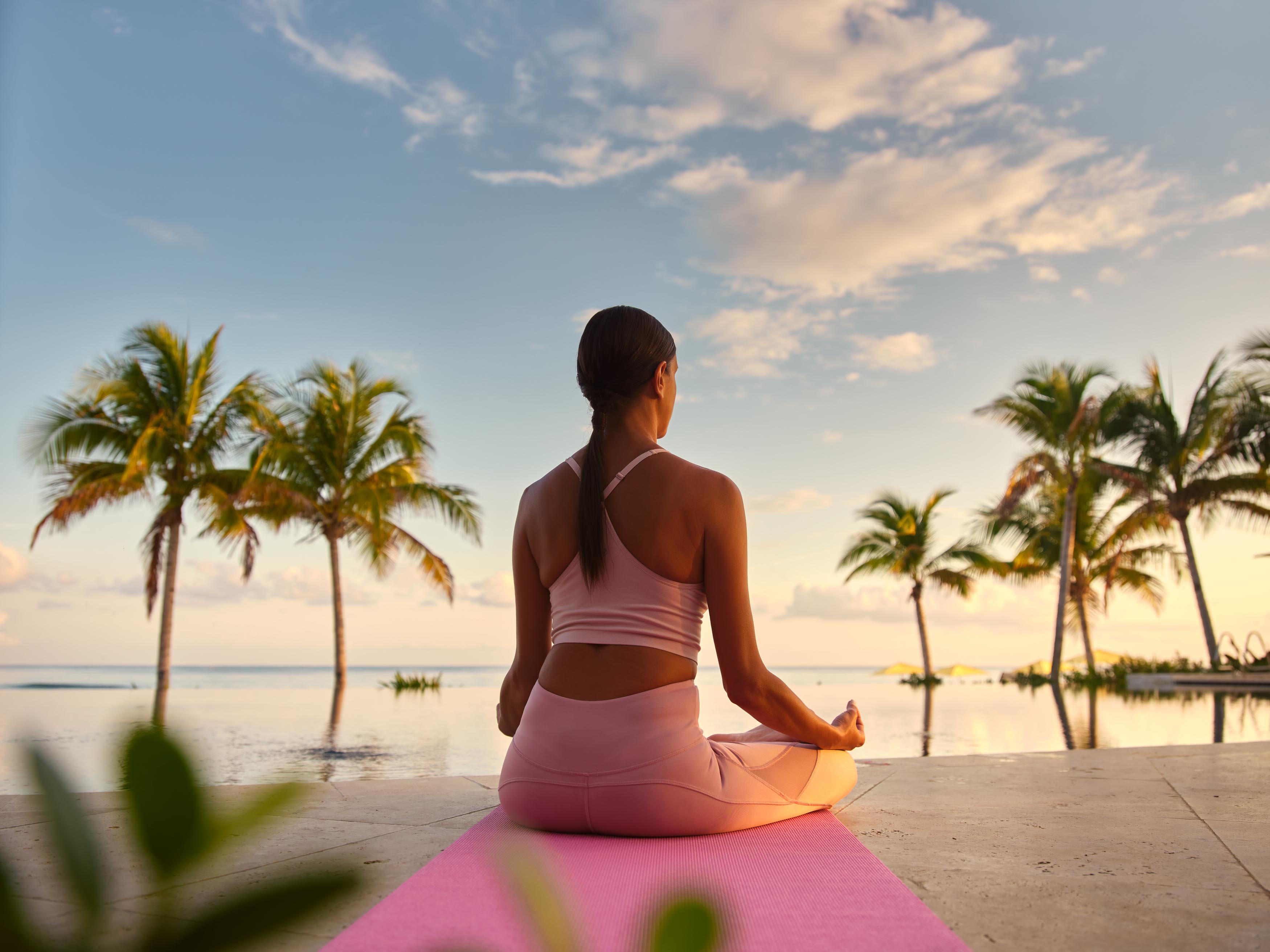
Many bird-watchers flock here to see the vervian hummingbird (the second- smallest bird in the world, larger only than Cuba’s bee hummingbird); the Jamaican tody (which nests underground); or another of the island’s 27 unique species. Fish populations flourish here, both freshwater and saltwater species. At Dolphin Cove, visitors can swim with a family of bottle-nose dolphins. This cove is also home to rays, eels and sharks; on the surrounding four acres of lush tropical rain forest, the indigenous fauna includes tropical birds, like the macaw, and a fascinating collection of reptiles.
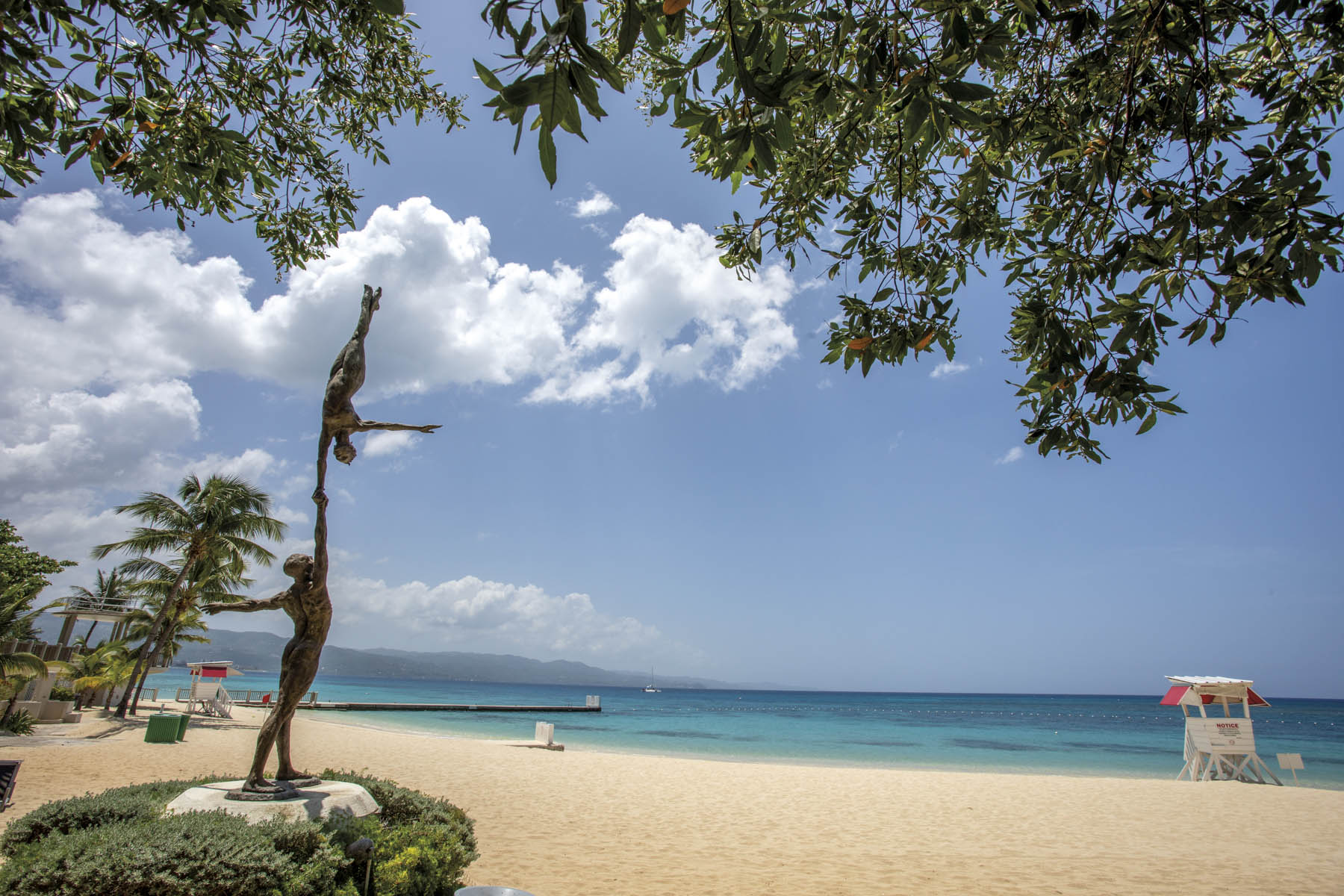
Photo by David I Muir

